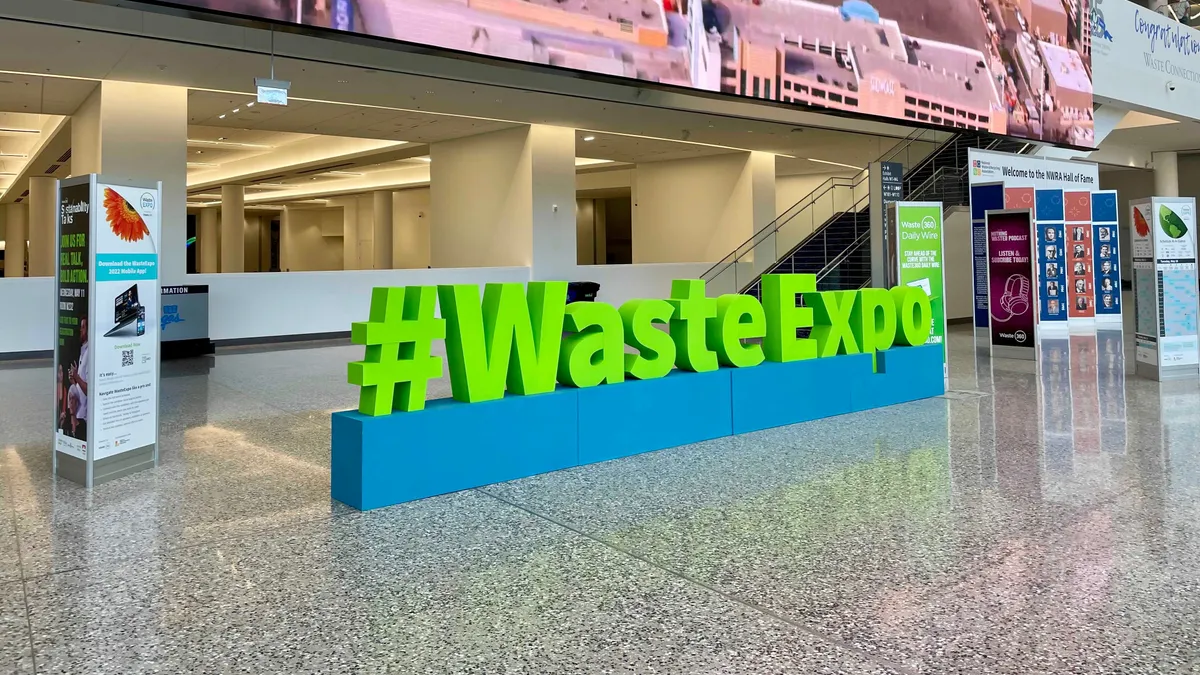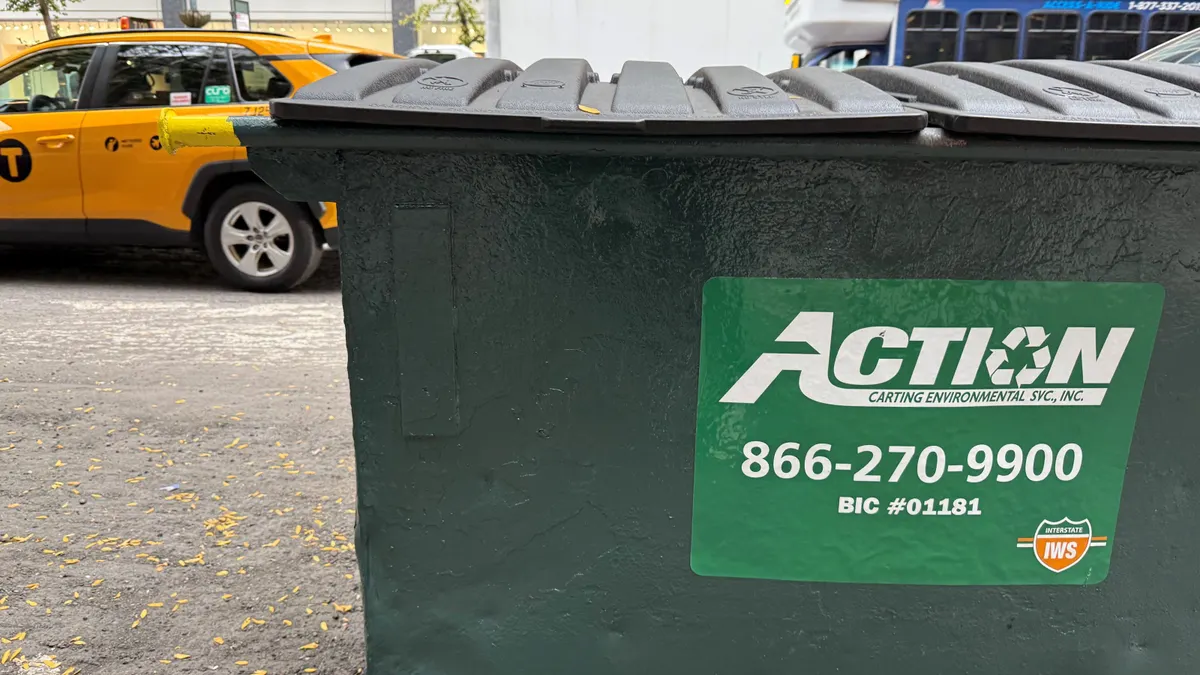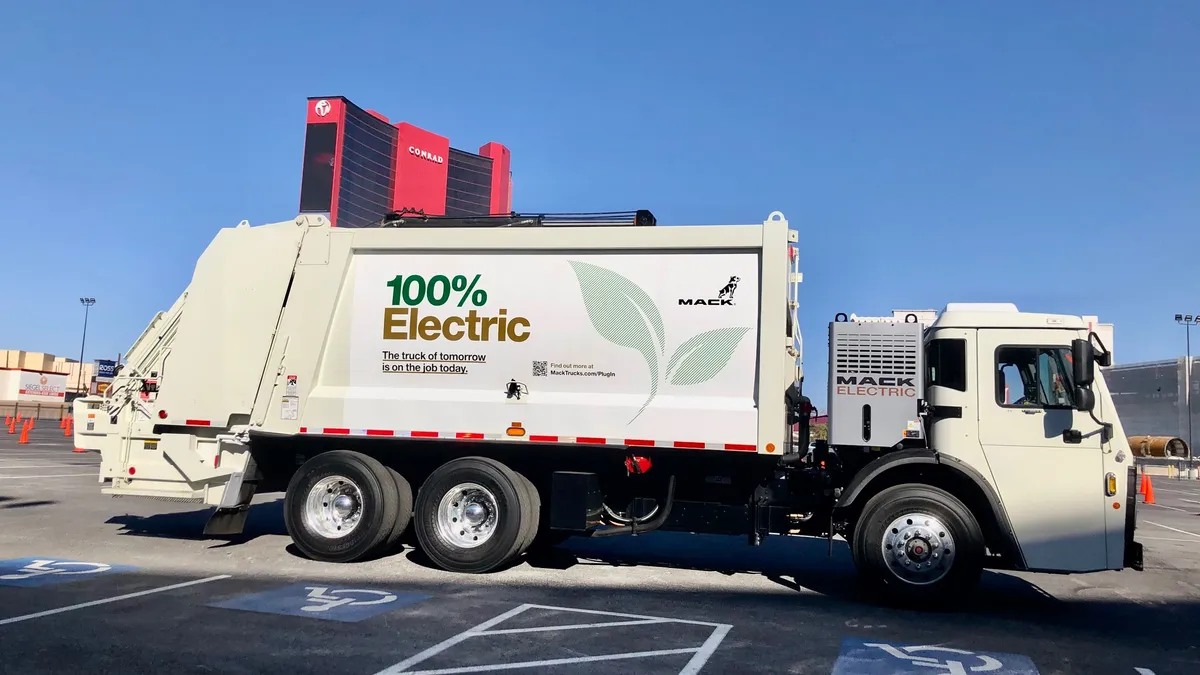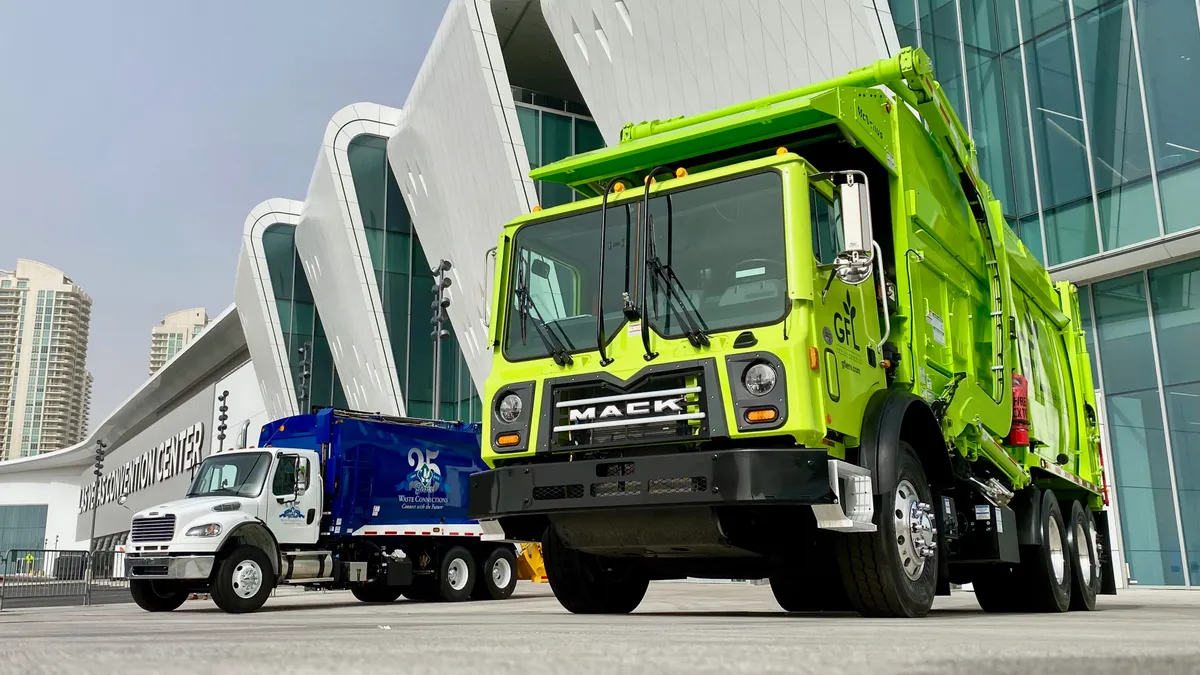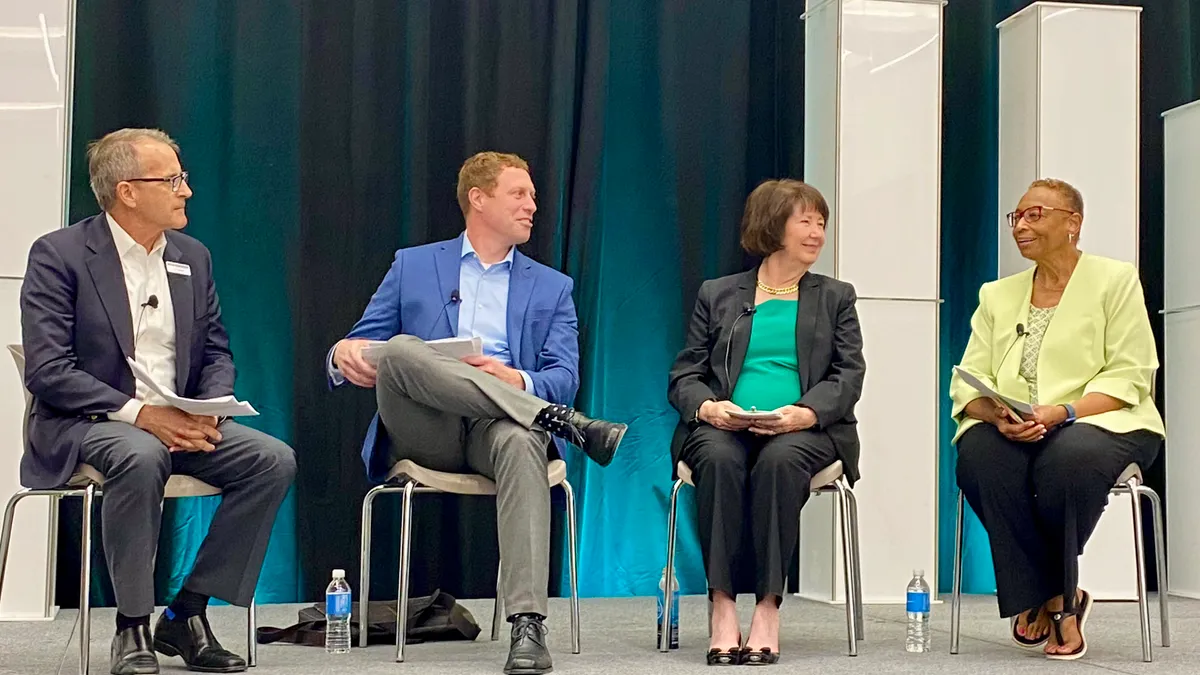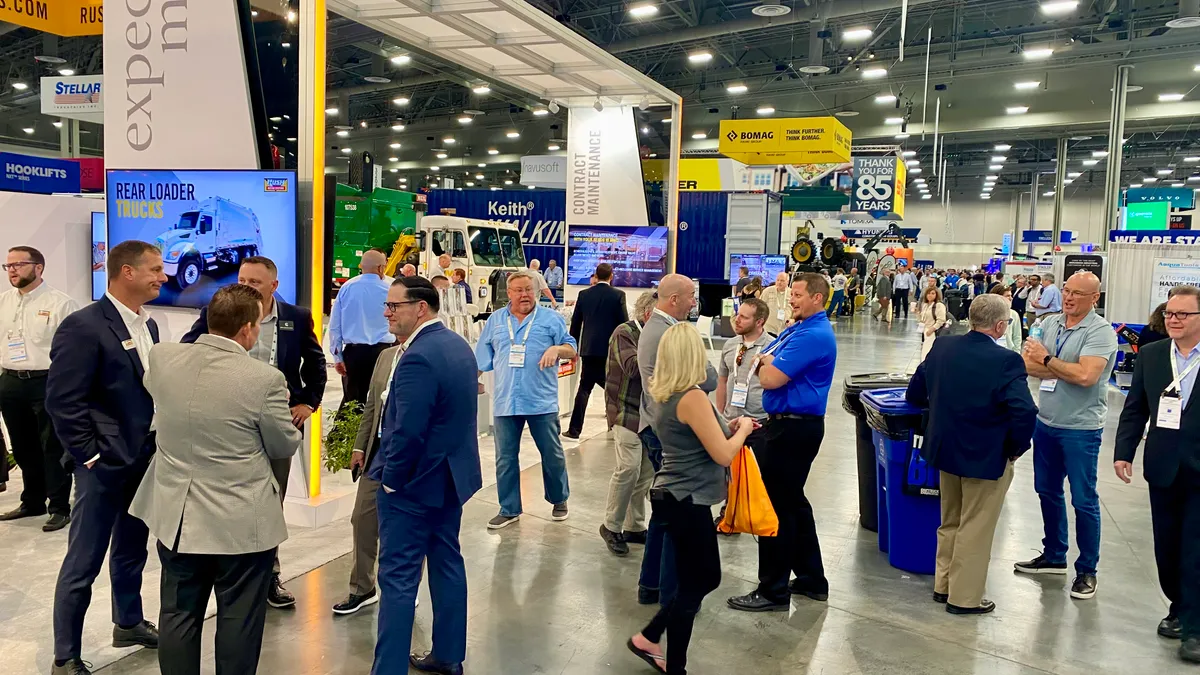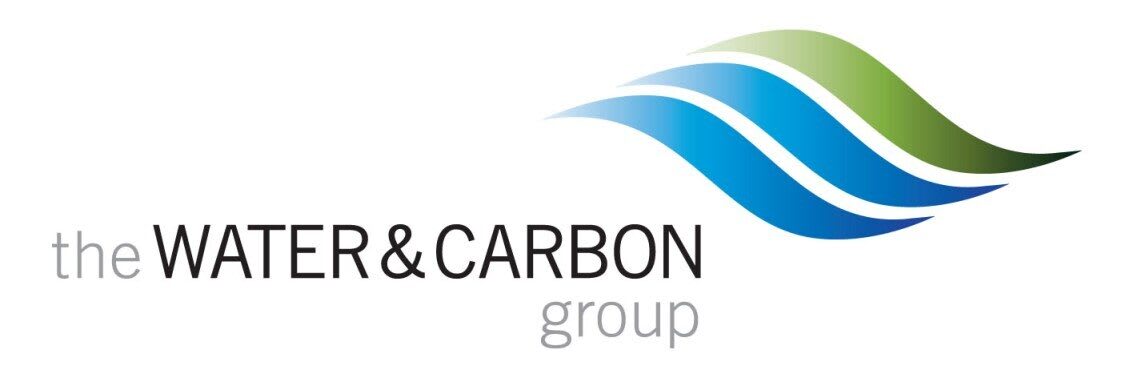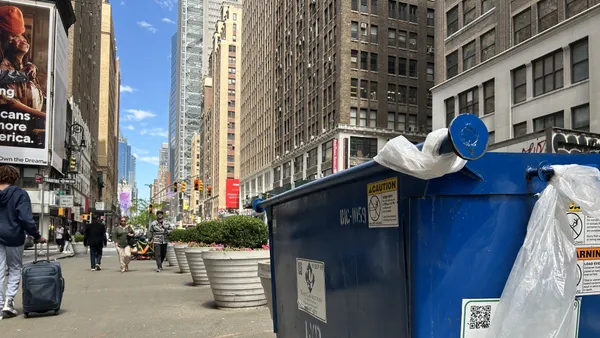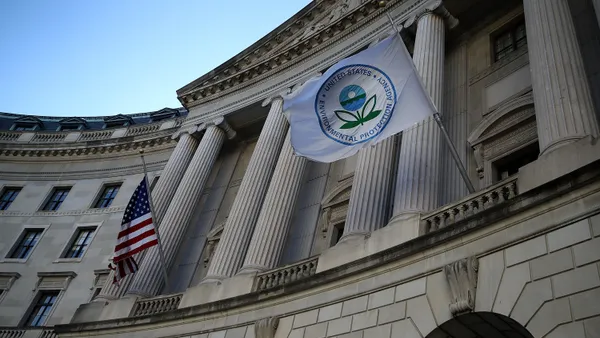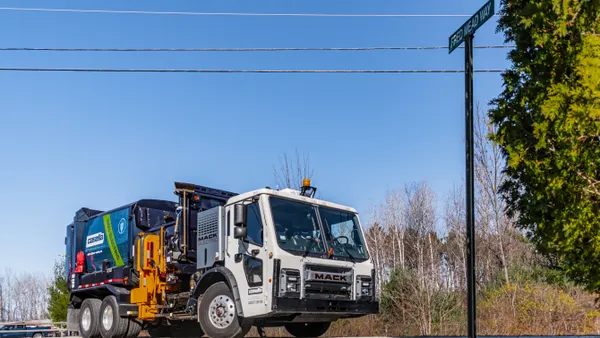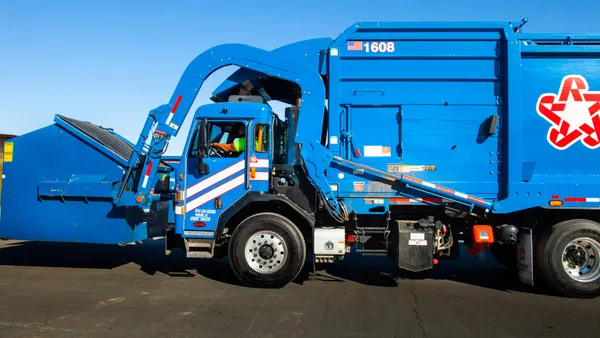This year's WasteExpo in Las Vegas is full of panels and discussions on the future of of recycling and waste innovation, leadership and policy. Here are a few of our highlights from the first day:
Diversity and opportunity
During a session on "how Latinx-owned businesses are impacting sustainability and innnovation", and another spotlighting rising leaders from Waste360's latest 40 Under 40 class, panelists shared insights on how people can grow in the waste and recycling industry.
- “The Latinx community, the Hispanic community, it’s a huge population and many times it goes underrepresented," said Michelle Salas, president of Lady Green Recycling. “In sustainability one of the important things is diversity. We need diversity in order to innovate."
- Multiple speakers also said having this identity is an important way to connect with their communities, especially with food service workers that manage waste and recycling. "They see the amount of waste that us Americans produce and throw out and they’re appalled by it," said Lanette Sobel, president of Fertile Earth Worm Farm. “They come from countries where they go hungry at night, yet we’re throwing out all this food for no reason."
- "When I come in to a business, I represent a small minority of Native American and Mexican women in the clean tech and sustainability space," said Sarah Fuentes, president of SmartWaste, in reference to how concepts such as reuse, growing food and conserving resources have a long cultural history. "It’s my right to advocate for Mother Earth and it’s part of my DNA and my ancestors' DNA.”
- "I think sometimes people a get bit complacent and try to make incremental changes, because things have always been like that," said Ryan Melsert, CEO of American Battery Technology Co. “Don’t be afraid to turn the table over, to really start from the beginning."
- "It’s an industry where it’s always changing, but it’s always the same. The trash has to get picked up," said Willie D. Goode, chief operating officer at Goode Companies of Florida. "It's a high-risk, high-reward type of business and it’s a place where you can really grow yourself as an individual.”
Mobile apps to improve collection
Companies and municipalities alike have launched their own apps to improve customer relations and ease back-end issues, such as fielding questions and service requests or dealing with contamination. The successes and limitations of those tools were on display during a crowded session first thing Monday morning that in part featured speakers from ReCollect Systems (the company behind many haulers’ own branded apps) and two of its clients: the city of Austin and Waste Connections.
- One of the main goals of these apps for consumers has been to create an interface where it’s easier to quickly find tailored answers on how and where to properly dispose of different items in a given neighborhood or locality. As more diversion mandates are enacted, it becomes more complicated for a regular citizen to get it right, said Ryan Buhay, account executive at ReCollect, noting education and contamination challenges.
- The city of Austin had planned to roll out its app in early 2020, but when the coronavirus hit there were concerns that it may be overshadowed by all the other information being communicated to residents. The city decided to continue as planned, which proved useful given the subsequent need to inform people about pandemic-driven waste service changes, said Keri Greenwalt, who leads digital communications for Austin Resource Recovery. The Austin Recycles app has approximately 30,000 downloads, out of about 210,000 curbside customers.
- For Waste Connections, which began its long process of launching and iterating an app back in 2014, some of the best features have simply been offering payment functionality and allowing customers to give kudos to their drivers. Over half a million customers have notifications turned on, said Keith Gordon, vice president of information systems at Waste Connections. The other side of the coin is that certain districts are more willing and motivated to adopt the app than others, he noted.
- Questions remain around data privacy and sharing. And after having transferred information online and then to mobile, one audience member asked: what will be the next frontier or platform?
Landfills debate fate of PFAS in biosolids
During a session about PFAS on Monday, speakers highlighted how recent changes in Maine could impact the way landfill operators manage, treat and destroy materials containing per- and polyfluoroalkyl substances. In April, Gov. Janet Mills signed a law prohibiting the land application of biosolids and the sale of compost or other agricultural products containing the sludge because of concerns it contains PFAS.
- The new law could send more municipal sludge, sometimes used as fertilizer, to landfills in Maine or surrounding states, said Sam Nicolai, vice president of engineering and compliance at Casella Waste Systems. “We've had a lot of discussions about whether or not our landfill capacities are sufficient to handle more tons of biosolids" compared with some other states aiming to reduce biosolids at landfills, he said.
- Some landfills already grappling with limited capacity may also face further logistical challenges, since the nature of the sludge could pose problems for keeping landfill slopes stable over time, said Joe Benco, director of engineering for Republic Services.
- Across the country, about 51% of biosolids are used in land applications, so Maine’s recent law could be important for future regulations in other states, said Stephanie Bolyard, a Florida State University professor and PFAS researcher.
- Speakers said landfills could be loathe to take on sludge known or thought to contain PFAS, especially since operators have usually managed leachate by discharging it back to publicly owned treatment works that sometimes generate such sludge. Some of these entities are implementing tighter rules and stricter discharge limits, or deciding not to accept the leachate anymore, “which seems counterintuitive,” added David Pepper, vice president of post-collections for GFL Environmental.

